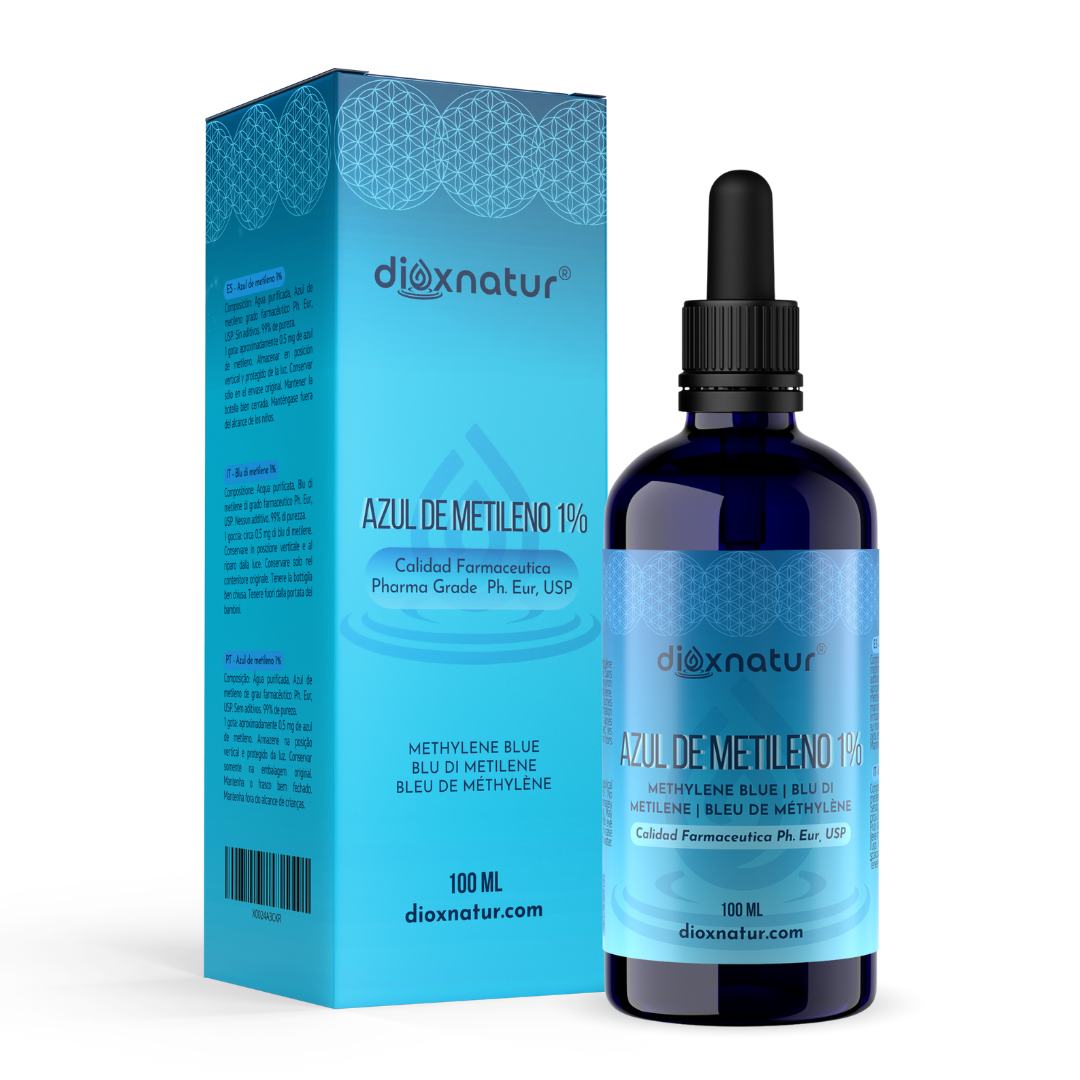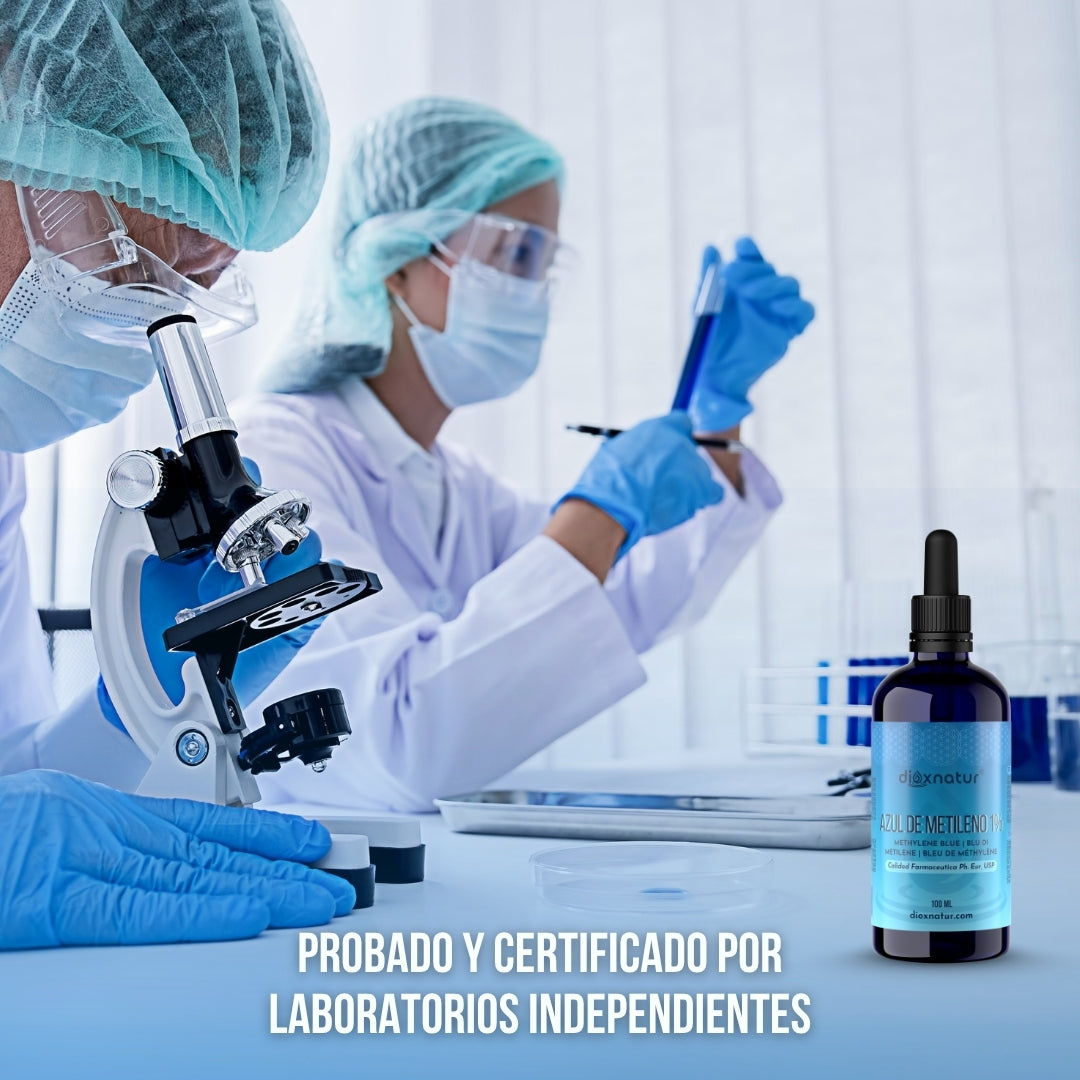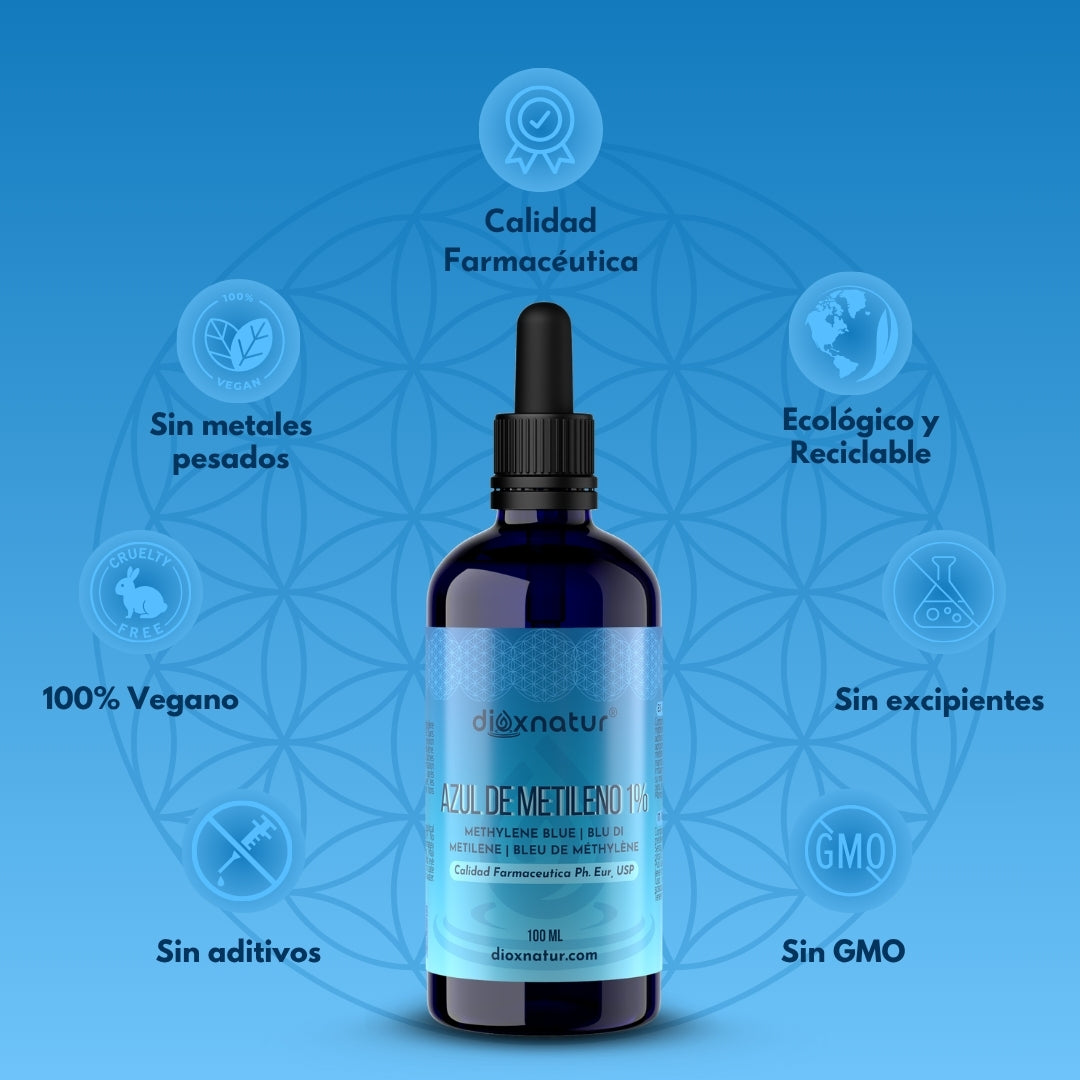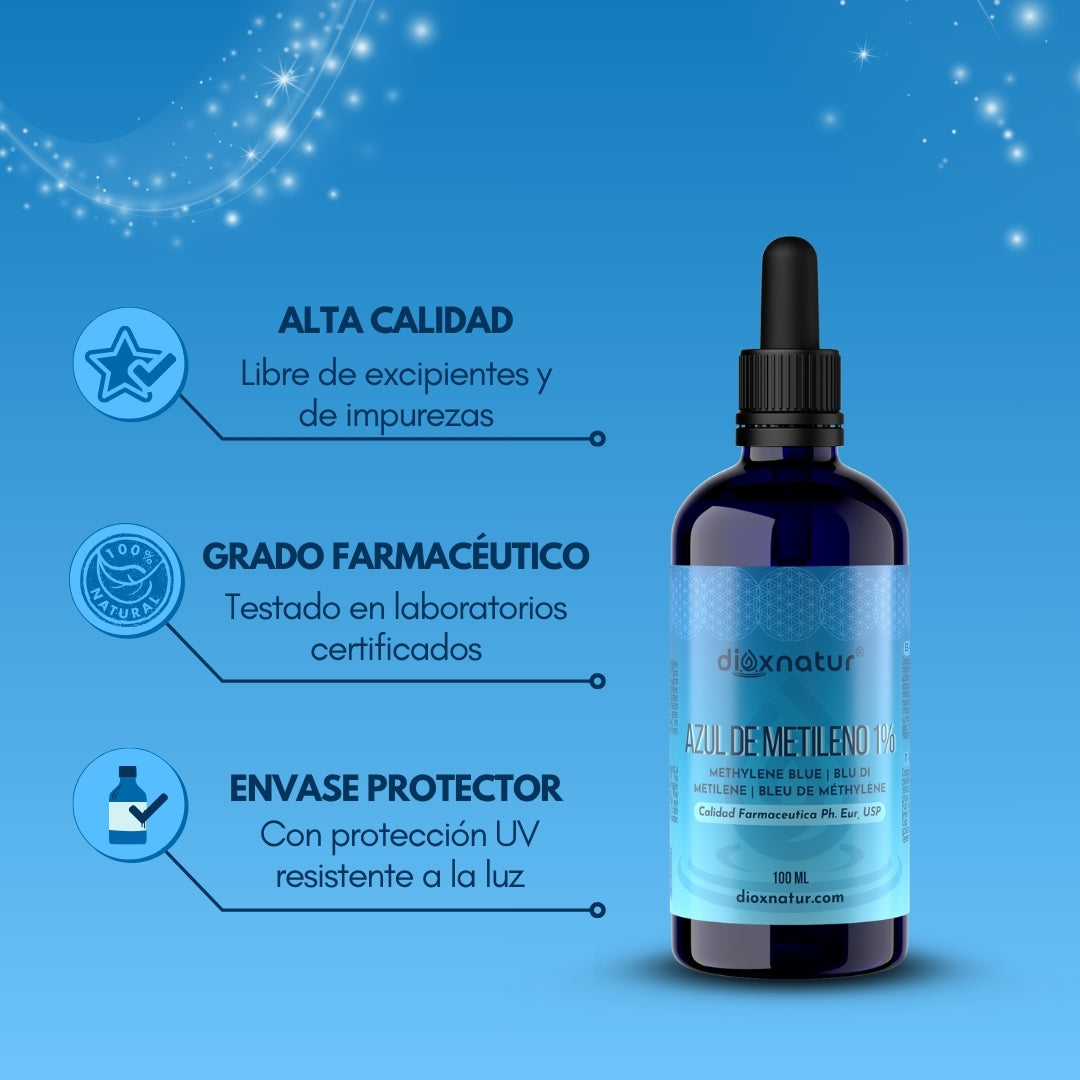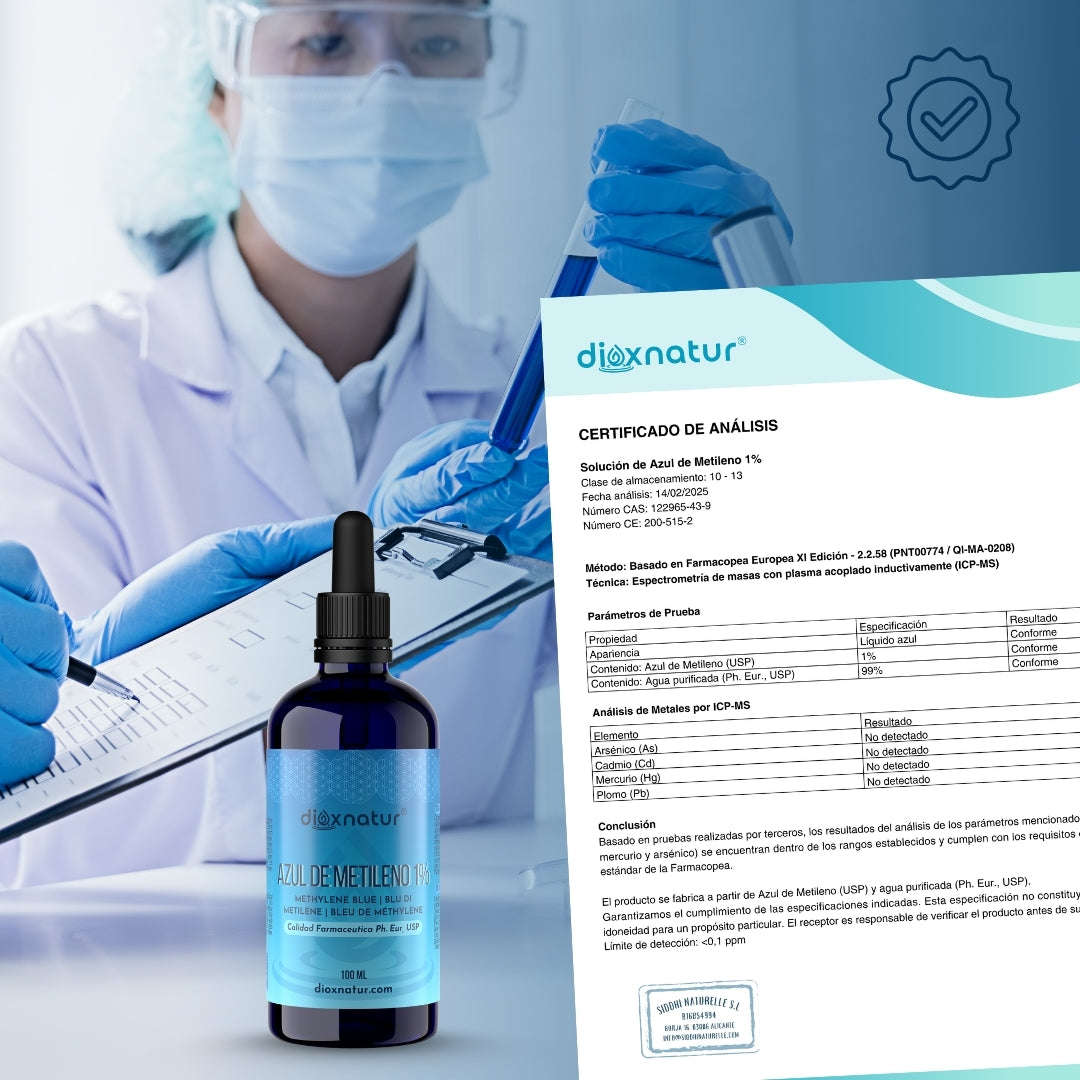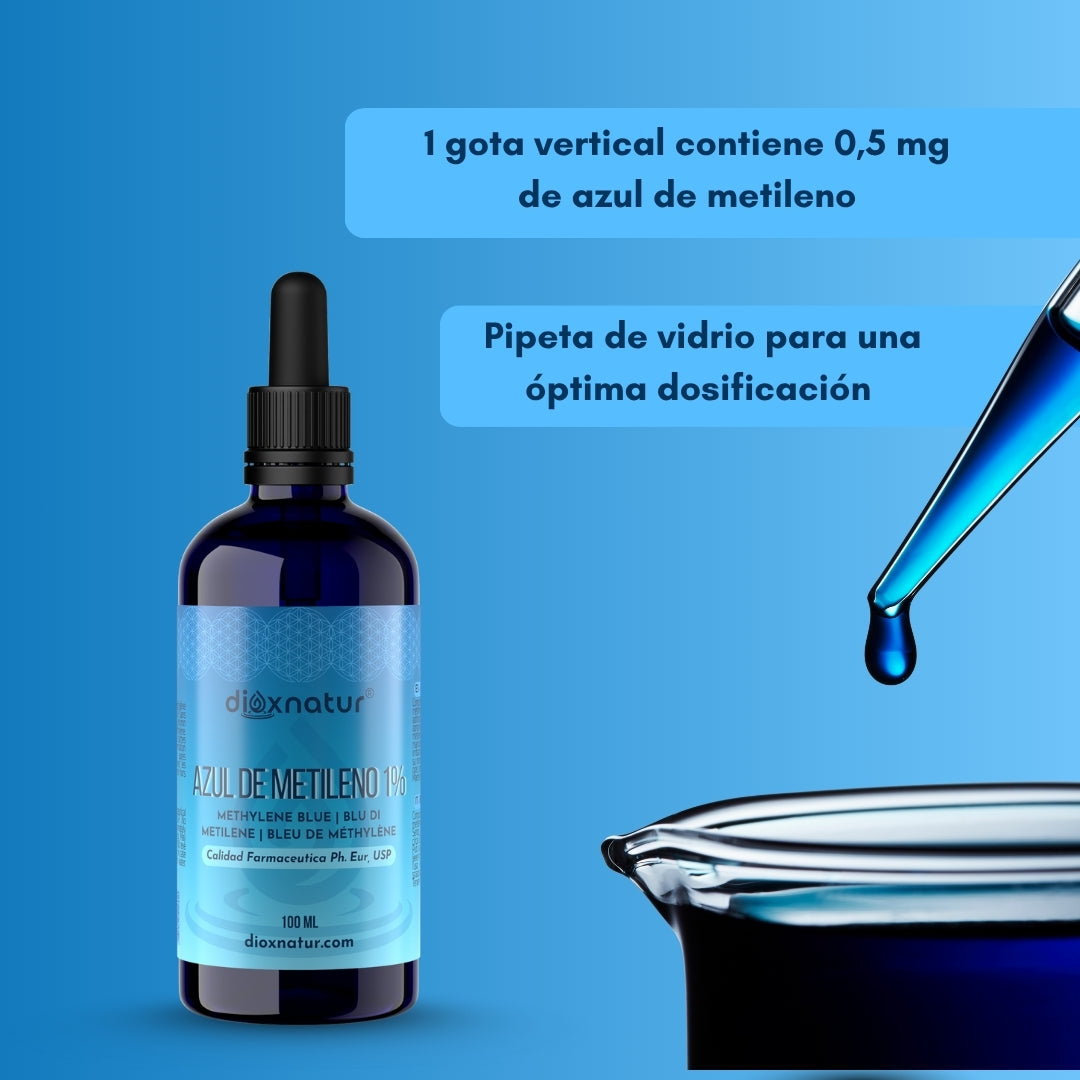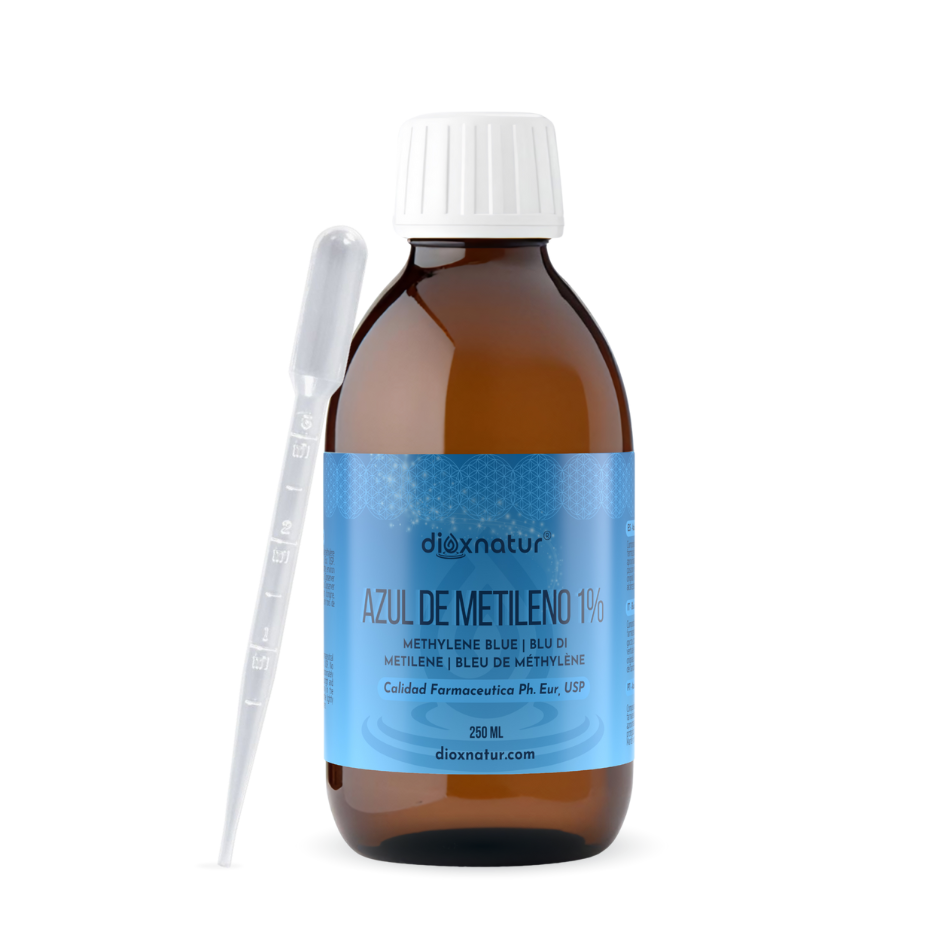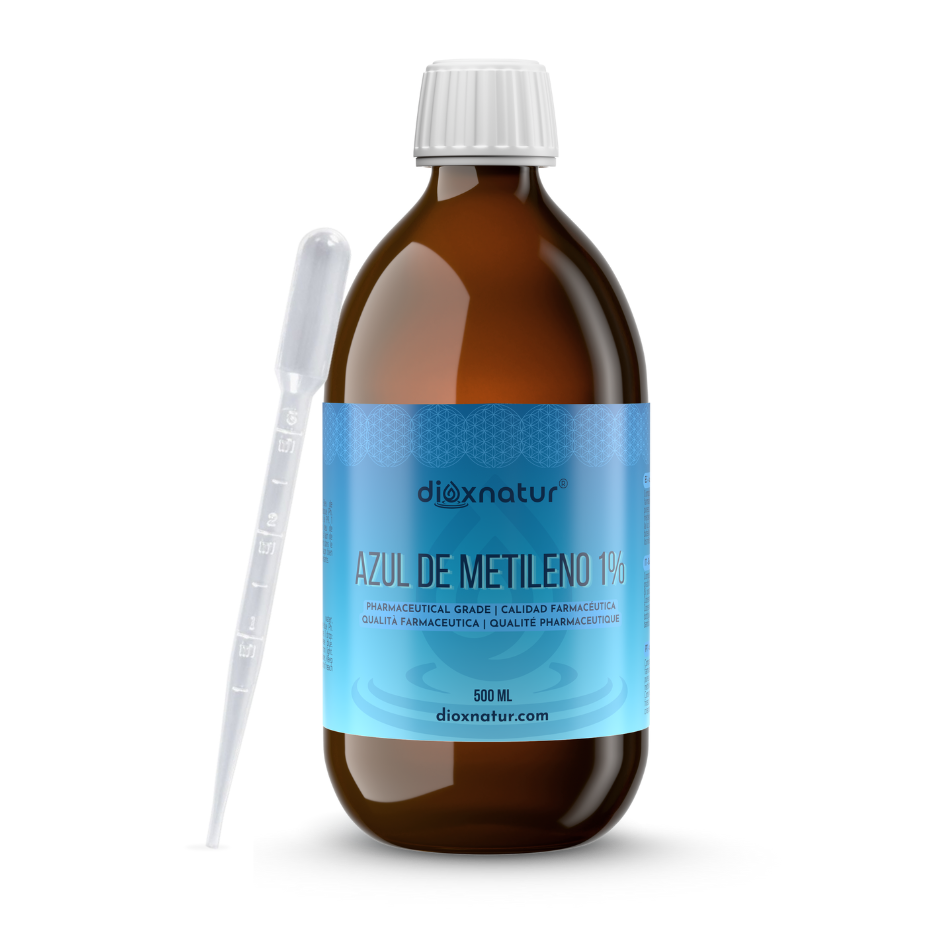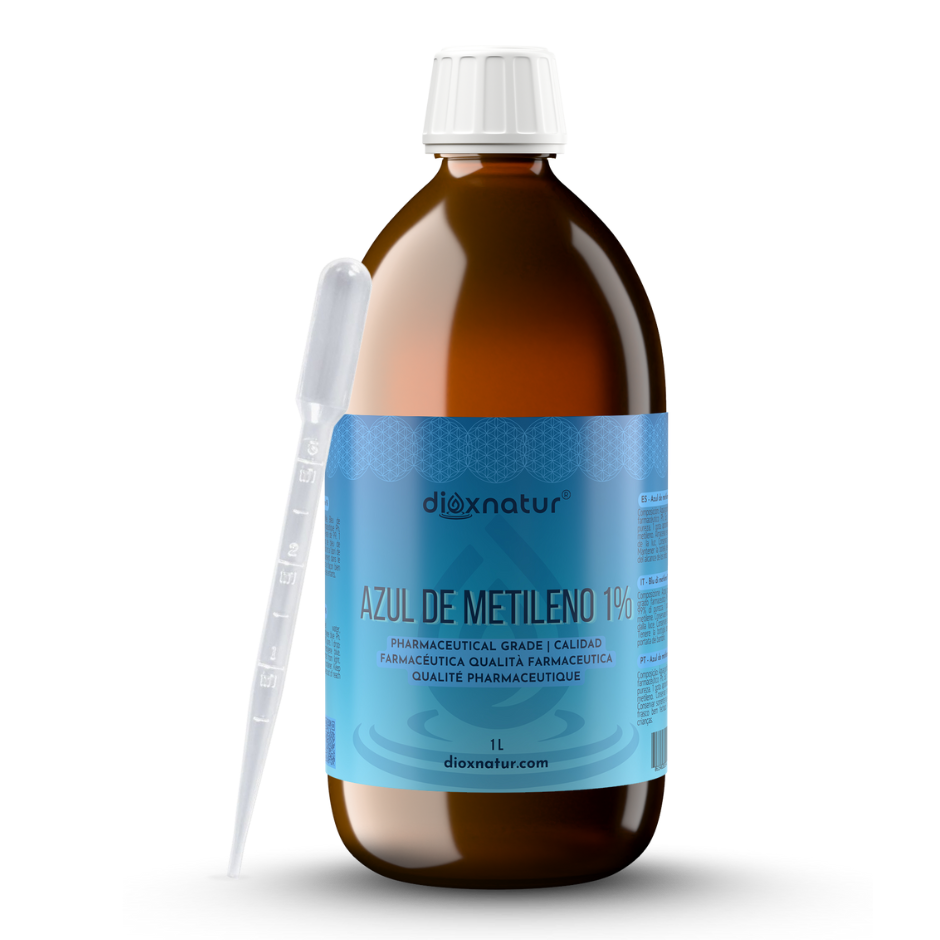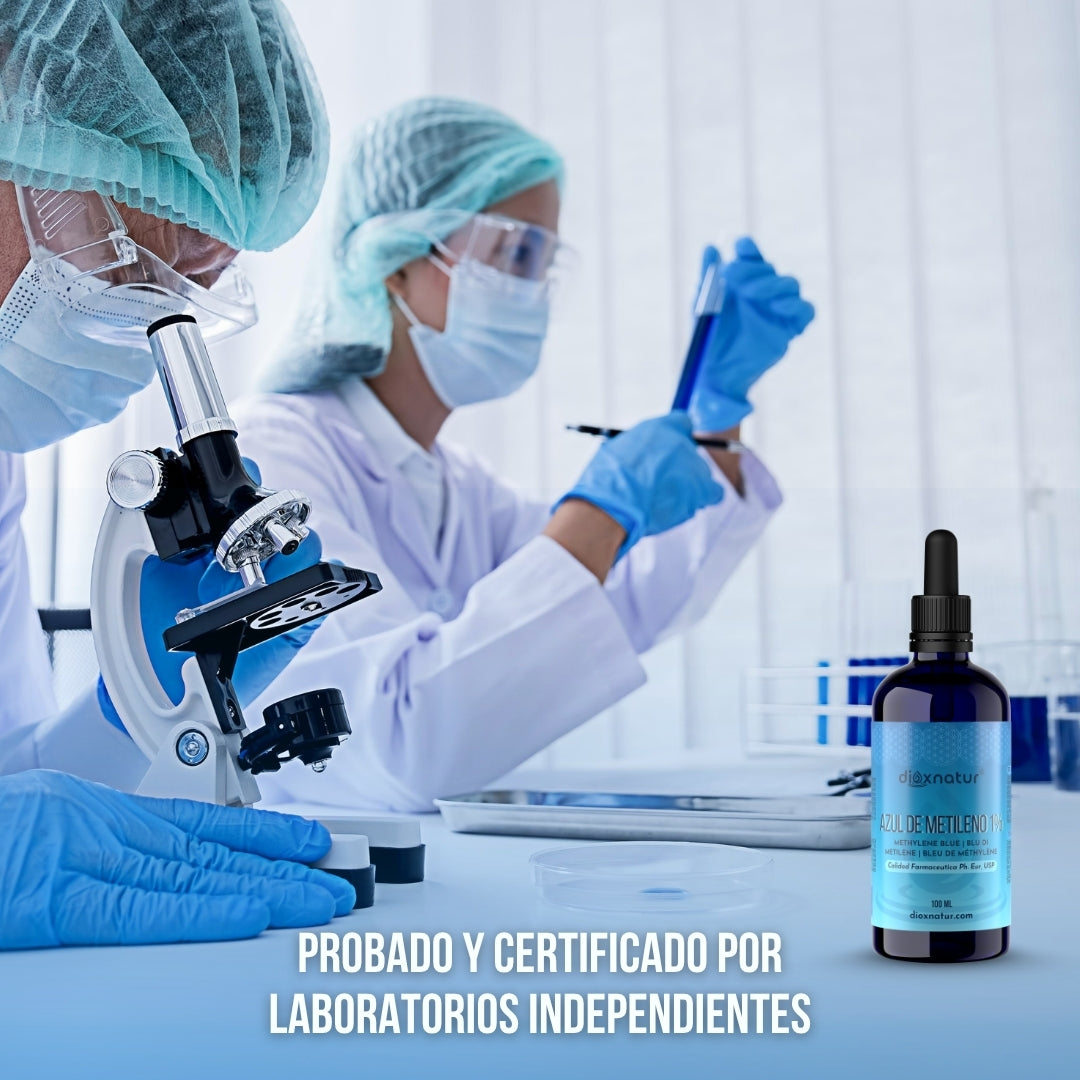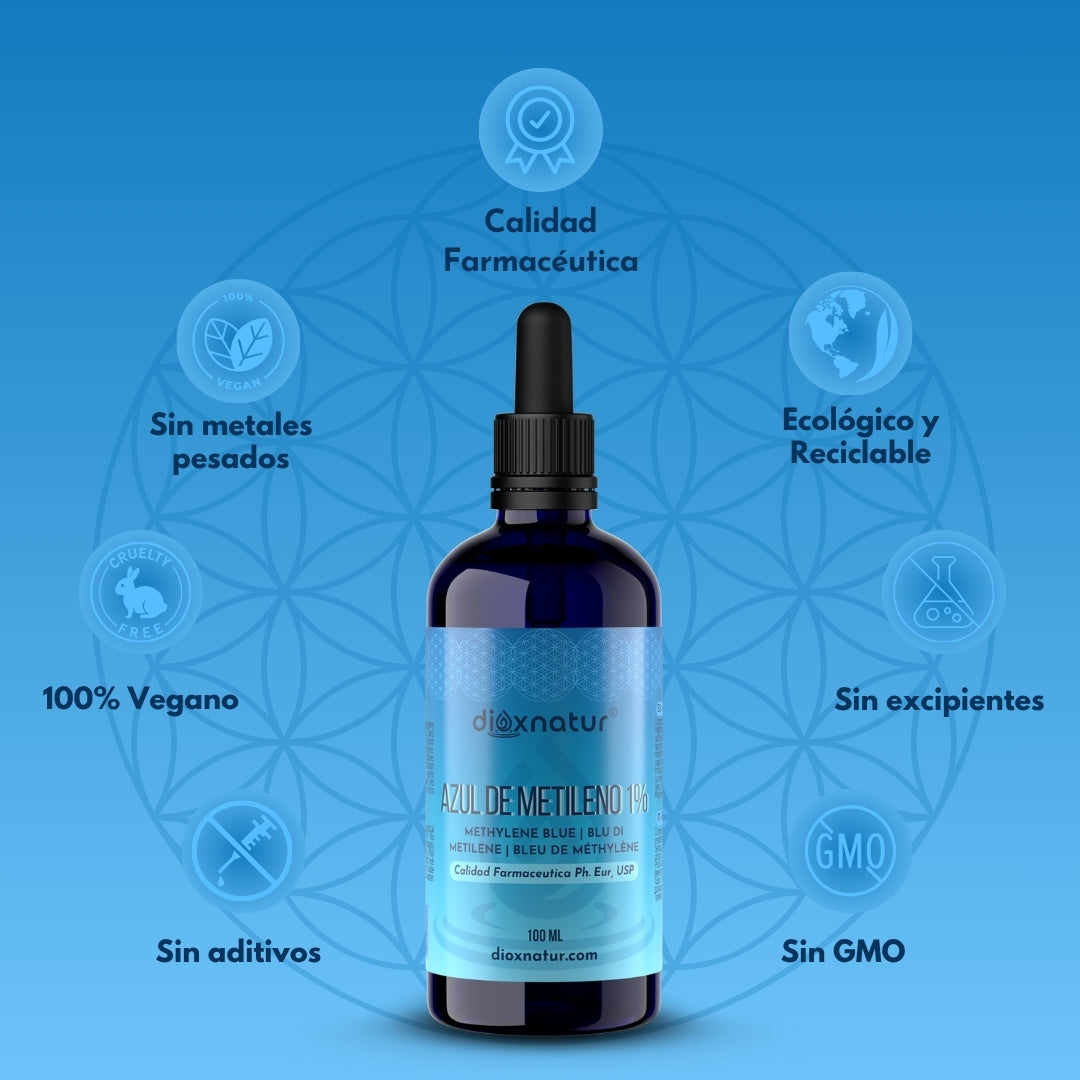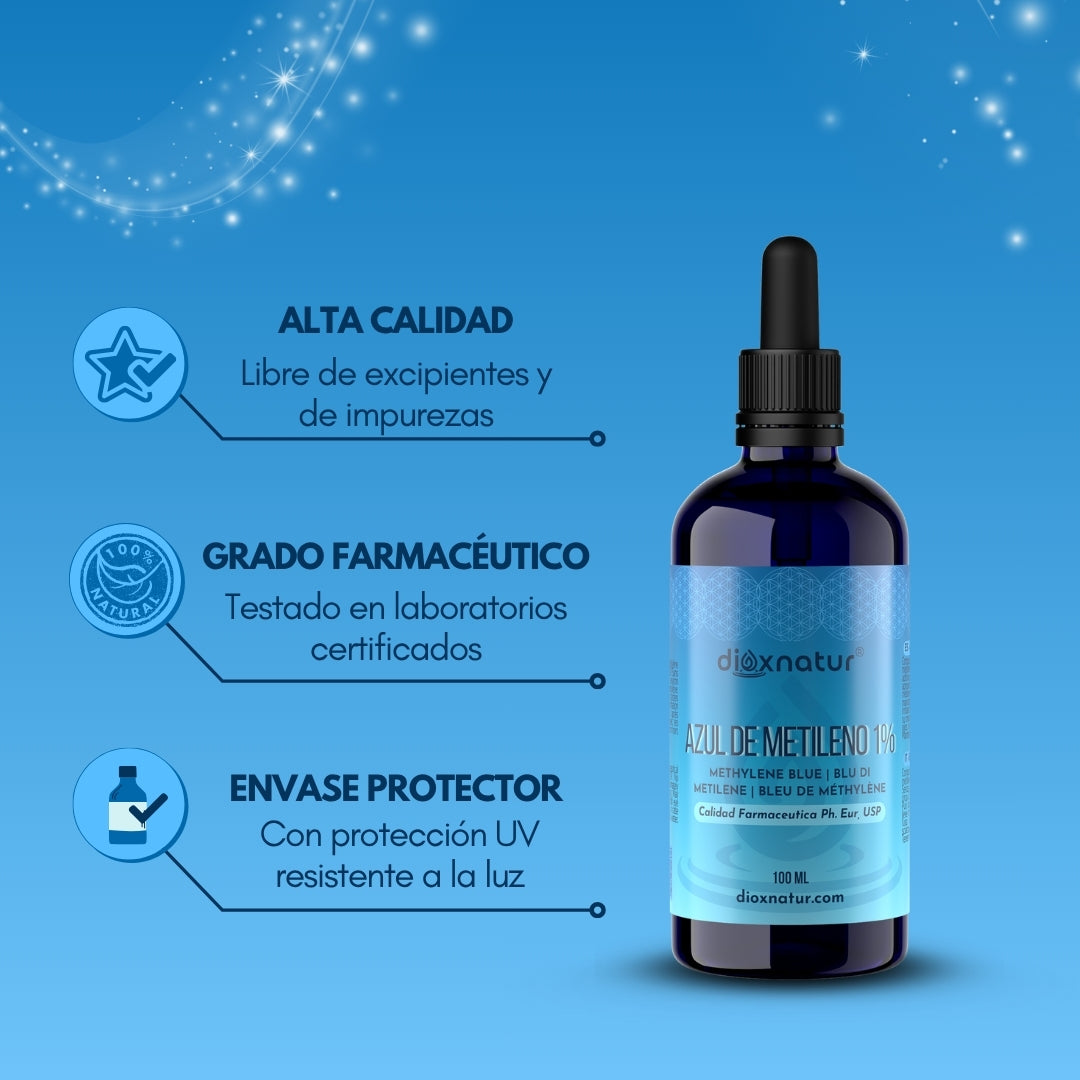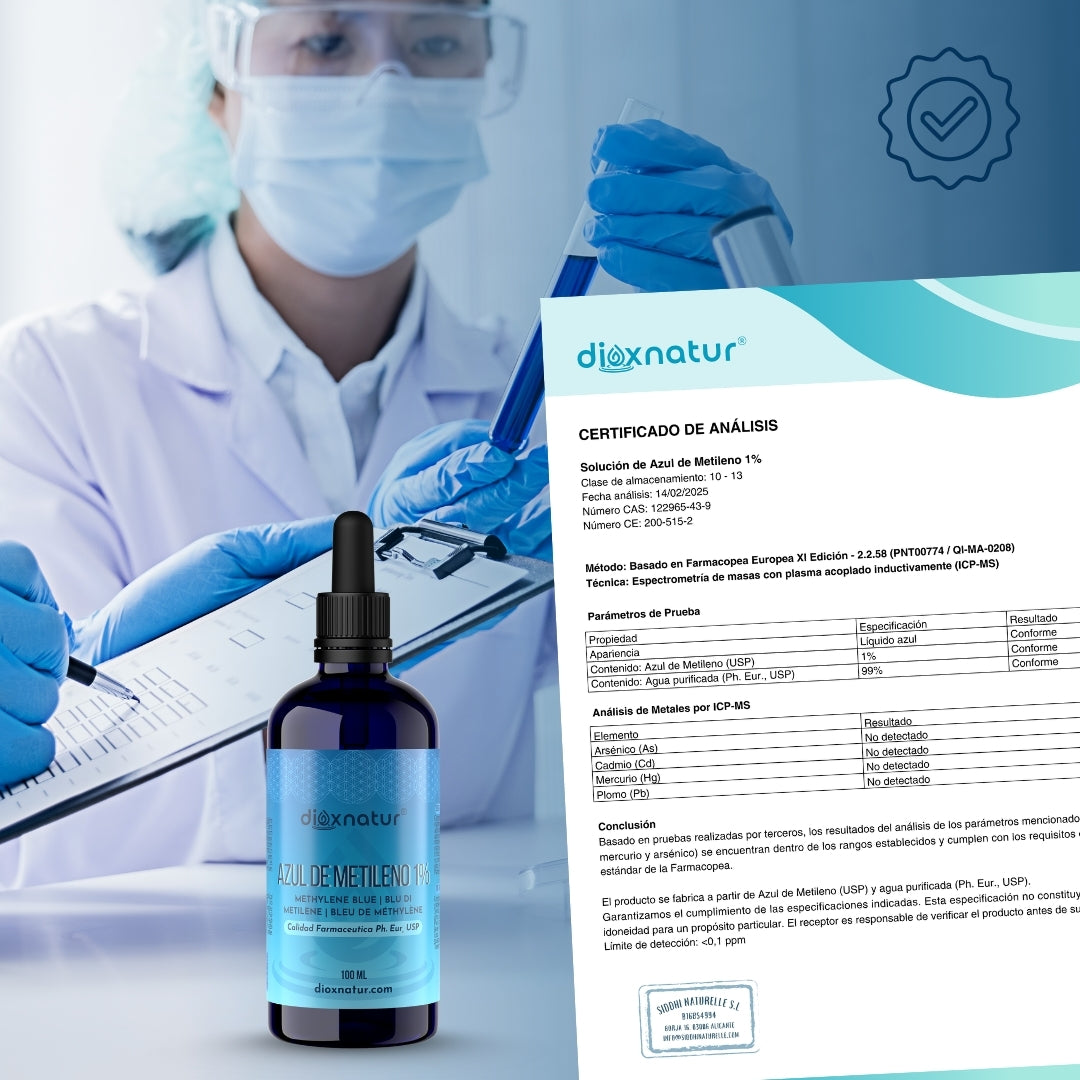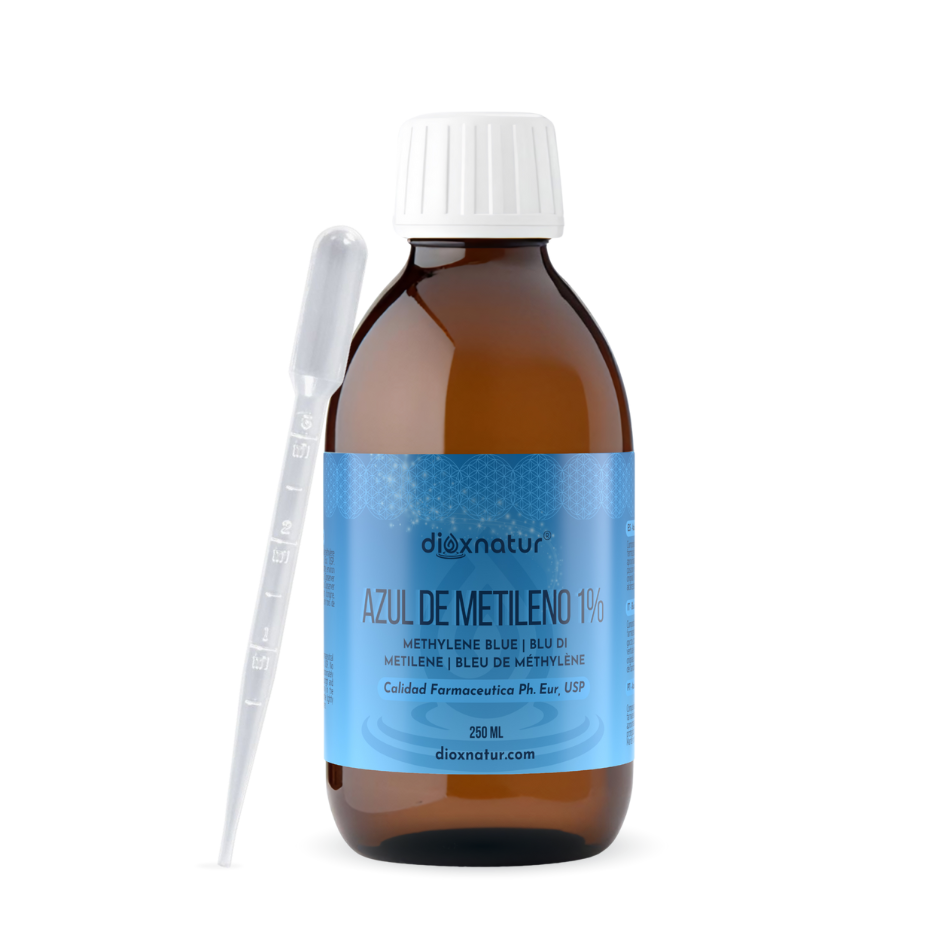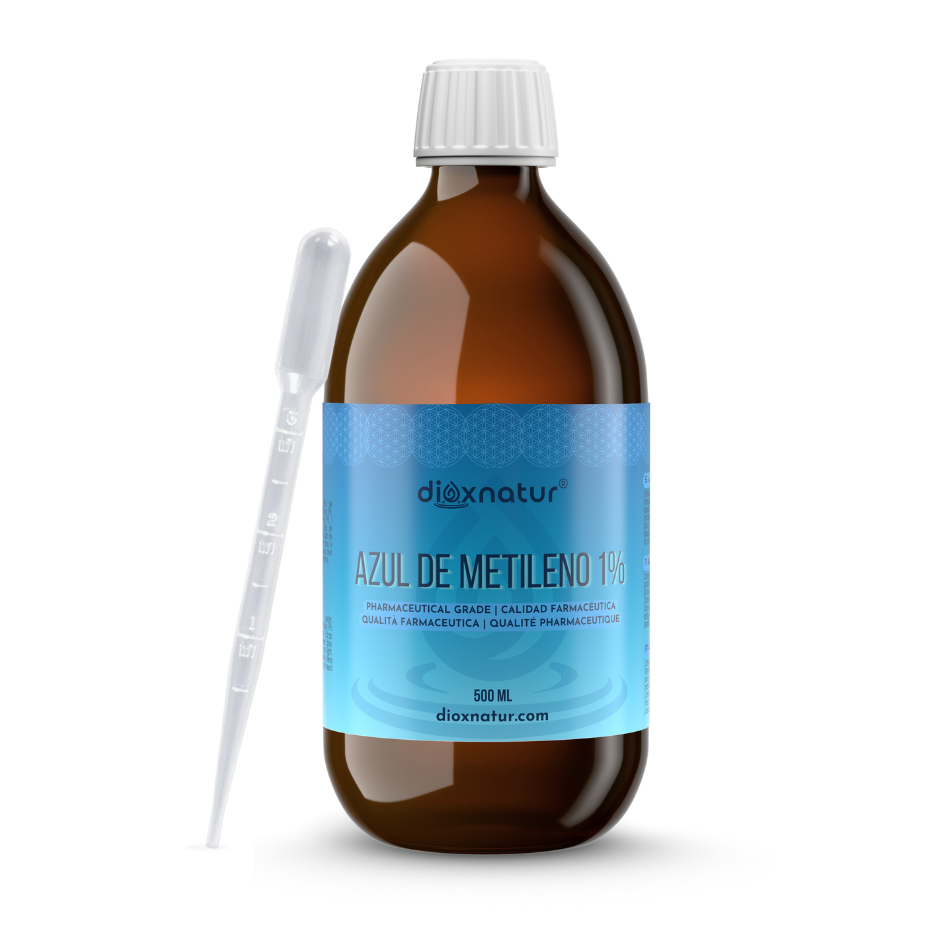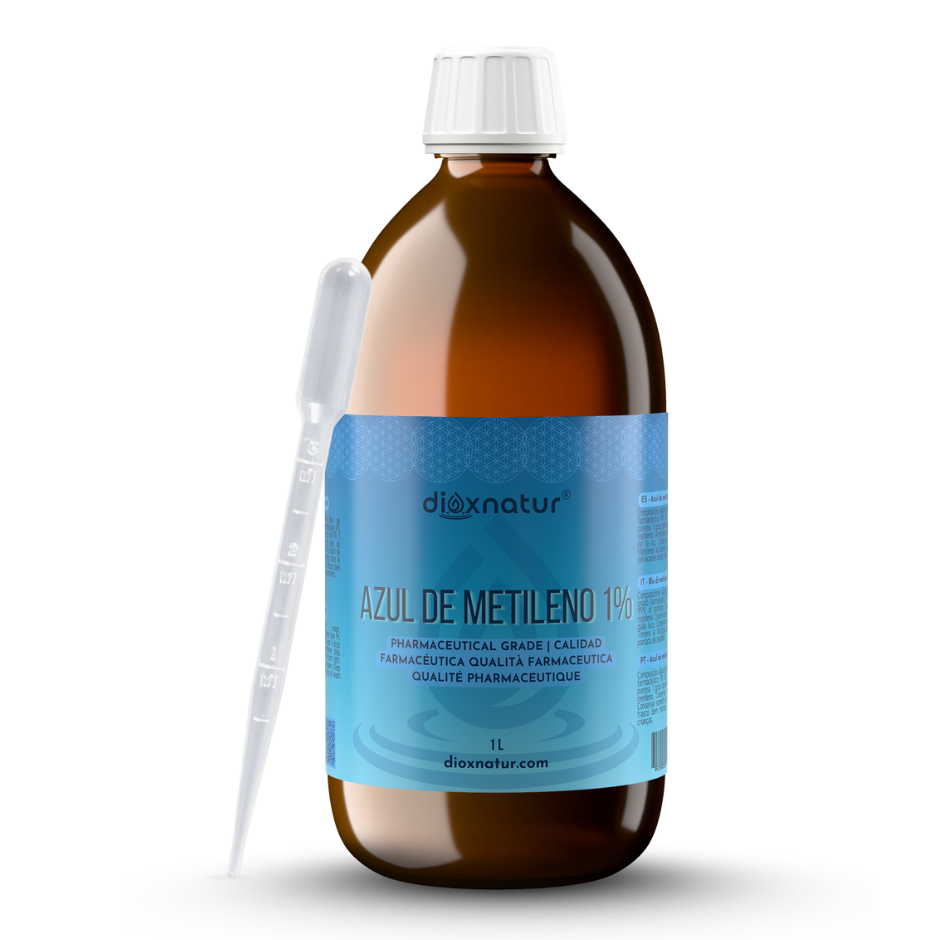What is methemoglobinemia?
Methemoglobinemia is a blood disorder in which there is a deficiency of oxygen in the cells. Hemoglobin, a protein attached to red blood cells, carries oxygen through the circulation. Normally, hemoglobin carries oxygen to cells throughout the body. However, methemoglobin is a form of hemoglobin that carries oxygen through the blood but does not release it into the cells. When the body creates too much methemoglobin, it begins to replace normal hemoglobin. This can result in not enough oxygen reaching the cells. Common symptoms associated with methemoglobinemia include cyanosis (bluish color of the skin, especially of the lips and fingers), headache, dizziness, shortness of breath, nausea, and poor muscle coordination. Serious symptoms include central nervous system depression, metabolic acidosis, seizures, arrhythmias, coma, and death.
Methylene blue injection is used in the treatment of methemoglobinemia , this article will shed light on how methylene blue works in the treatment of this disease.
Before we dive deeper into methylene blue and its treatment, let’s take a closer look at methemoglobinemia. The symptoms of methemoglobinemia differ depending on the type. Methemoglobinemia is classified into two types: acquired and congenital .
Genetic or congenital
Methemoglobinemia can be congenital, meaning a person is born with it. Congenital methemoglobinemia is caused by a genetic defect that is passed down through families. This genetic defect causes a certain enzyme or protein to be missing. This protein is responsible for converting methemoglobin into hemoglobin. Congenital methemoglobinemia is much less common than acquired methemoglobinemia .
Congenital methemoglobinemia is classified into three categories.
TYPE 1 – The most common form of congenital methemoglobinemia is type 1. This occurs when both parents have the gene but do not have the disease. It affects only the red blood cells. The only symptom that usually appears is cyanosis. People with type 1 diabetes may have blue skin all their lives without experiencing any additional symptoms. They can receive treatment for cosmetic purposes. People with this type are more likely to develop acquired forms.
Hemoglobin M disease: This type of disease is caused by a genetic mutation that you may or may not inherit from your parents. It has no symptoms and requires no treatment.
TYPE 2 – Cytochrome b5 reductase deficiency is another name for type 2. It is the least common type of methemoglobinemia. Type 2 affects all cells in the body. The defective gene only has to be passed on from one parent. It can lead to severe developmental problems and failure to thrive. Babies born with type 2 diabetes usually die within the first year.
Acquired
It is also called acute methemoglobinemia. The most common form of methemoglobinemia is acquired methemoglobinemia. It is caused by ingestion of certain medications, chemicals, or foods. People who have an inherited version of the disease are more likely to develop the acquired form. However, most people who develop this disease do not have a congenital problem. If acquired methemoglobinemia is not treated early, it can be fatal. Infants are most vulnerable to this disease. Infants can develop acquired methemoglobinemia from causes such as consuming Benzozaine, contaminated well water, and solid foods.
Adults most commonly develop acquired methemoglobinemia after undergoing medical procedures that use topical anesthetics, which are usually applied to the skin. These include benzocaine, lidocaine, and prilocaine.
How does methylene blue work?
Methylene blue is known for its oxidizing properties, and it is because of this characteristic that it works as a treatment for methemoglobinemia. Methylene blue oxidizes NADPH and converts it to leucomethylene blue. Leucomethylene blue then oxidizes methemoglobin and converts it to hemoglobin. Methylene blue returns the iron in hemoglobin to its natural (reduced) oxygen-carrying condition. This is accomplished by supplying a dummy electron acceptor.
Methylene blue treatment will not work in people with glucose-6-phosphate dehydrogenase (G6PD) deficiency, as G6PD is a crucial compound for generating NADPH, and in the absence of sufficient NADPH, the administered methylene blue will not be able to be converted or reduced to leukomethylene blue. Excess unreduced methylene blue can oxidize hemoglobin itself, creating more methemoglobin.
How is Methylene Blue treatment administered?
Early identification of the disease and initiation of treatment, when appropriate (particularly for acquired methemoglobinemia), are important in the management of methemoglobinemia. At the same time, extensive, often invasive, testing may be necessary to rule out cardiac and pulmonary problems, which frequently result in a clinical picture similar to cyanosis.
Methylene blue USP is administered intravenously. This injection will be given by a healthcare professional. The intravenous infusion may take up to 30 minutes to complete. It is given at a dose of 1 to 2 mg/kg as a 1% solution in intravenous saline over 3 to 5 minutes. Although the reaction is usually rapid, if the methemoglobin level is still high one hour after the initial infusion, the dose may be repeated one hour later.
While you are receiving methylene blue, your breathing, blood pressure, oxygen levels, kidney function, and other vital signs will be monitored continuously. Your blood will also be tested to help your health care provider evaluate whether the treatment is working.
Only one dose of methylene blue may be needed. If a second dose is needed, it may be given one hour after the first.
Methylene blue will almost certainly cause your urine or face to turn blue or green. This is a common side effect in this application and will not have any negative consequences. However, this effect may produce unexpected results in some urine tests.
Initial treatment consists of supplemental oxygen and removal of the problematic oxidizing chemical. The first-line antidote is intravenous (IV) methylene blue. Following ADM therapy, repeated assessments of MetHb levels are acceptable. Patients with impaired glucose 6-phosphate dehydrogenase (G6PD) should not be given ADM, as MetHb reduction by ADM is dependent on NADPH produced by G6PD (hemolysis). Ascorbic acid (2 mg/kg) is an alternative therapy for these individuals.
For patients with severe methemoglobinemia who do not respond to or cannot be treated with methylene blue, exchange transfusion and hyperbaric oxygen therapy are second-line alternatives.
Frequently Asked Questions
What is methemoglobin (MetHb)?
Methemoglobin is a defective type of hemoglobin. In methemoglobin, the iron in the heme group is in the Fe3+ state, as opposed to the Fe2+ state present in normal hemoglobin. Since it cannot bind oxygen, it cannot transport it either, which reduces the amount of oxygen in the circulation and has the potential to induce hypoxemia in tissues.
What is the dosage of methylene blue for methemoglobinemia?
The usual dose for adults with methemoglobinemia is as follows:
Drug-induced methemoglobinemia:
1% methylene blue injection : 0.1 to 0.2 mL/kg IV very slowly over a period of several minutes; may be repeated in 1 hour if necessary
What is the cure for methemoglobinemia?
Methylene blue is the primary treatment for methemoglobinemia in patients with documented symptoms of the disease. It is administered intravenously as a 1% solution in saline over three to five minutes at a dose of 1-2 mg/kg (up to a total of 50 mg in adults, adolescents, and older children).
What is the antidote for methemoglobinemia?
Methylene blue is the first-line treatment for symptomatic methemoglobinemia. Alternative treatments, such as ascorbic acid and hyperbaric oxygen, may be effective when methylene blue is not available.
What causes methemoglobinemia?
Methemoglobinemia can be acquired or congenital. Acquired methemoglobinemia is caused by exposure to certain medications, chemicals, or foods. Congenital methemoglobinemia is caused by a genetic defect that is inherited from parents. This genetic defect results in a deficiency of the enzyme cytochrome b5 reductase (b5R type I).
What is the treatment for methemoglobinemia in people with G6PD deficiency?
Methylene blue is contraindicated in G6PD deficiency. In these specific cases, moderate doses of ascorbic acid (300 to 1,000 mg/day orally in divided doses) should be administered.
References:



